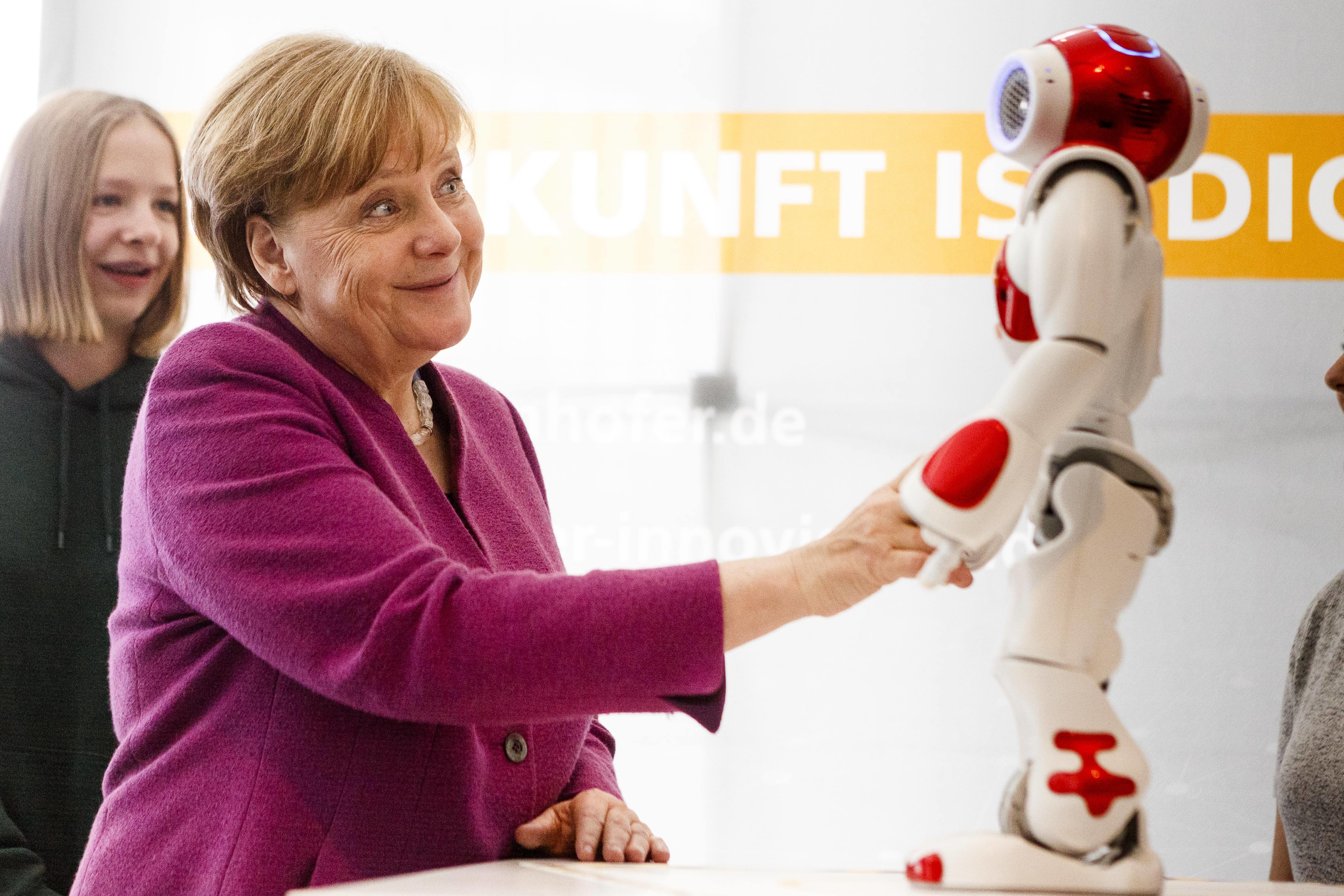Forget the Internet. Traffic Is Making Us Lonely.

What’s the Latest Development?
Despite all the attention the Internet receives for supposedly causing social isolation, there may be a bigger cause right under our noses: automobile traffic. Recent British research confirms original data first captured in the US during the 1980s, suggesting that people who live on busier streets have fewer neighborhood friends. Older residents in Bristol, England, who have witnessed the rise of the automobile, say that ‘neighbours don’t see each other like they used to, because people get out of their front door, get in the car, and visa versa when they get home.’
What’s the Big Idea?
The original research, conducted by Donald Appleyard on the streets of San Francisco, categorized streets according to whether they had light, medium or heavy traffic. “On the heavily trafficked street, respondents indicated that their apartment, or perhaps their building, qualified as ‘home.’ On the light-traffic streets, people often saw the whole block as home.” Since Appleyard’s research, the number of vehicles per 1,000 people in the United States has risen from roughly 545 to 828. “In the developing world, particularly China, India, and Brazil, the increase has been even more dramatic. As traffic increases around the world, will people be lonelier?”



